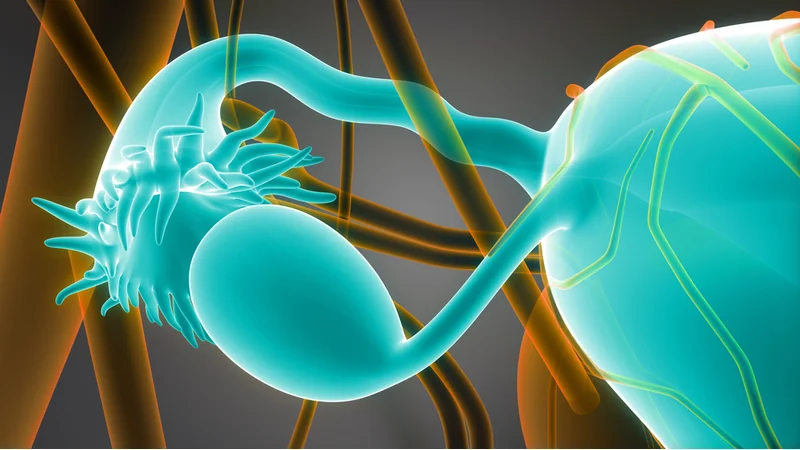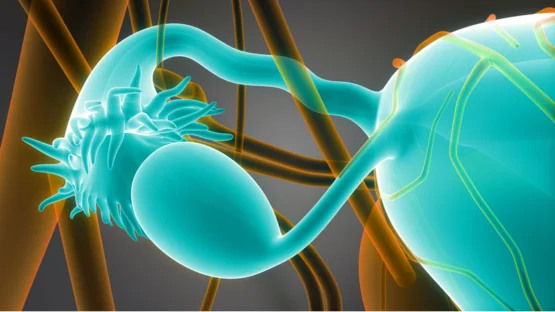The entire ovarian niche of mice can now be generated in vitro from stem cells, as a study recently published in Science shows [1]. The researchers then carried out the remarkable feat of fertilizing the generated oocytes and growing healthy, fertile offspring from them. This advance offers an invaluable model for investigating oocyte development and may also have implications for assisted reproduction technologies.
It takes a village to make an egg
Earlier work has already shown that it is possible to produce mouse germ cells from pluripotent stem cells. However, an oocyte does not function alone. The developing egg cell is normally surrounded by somatic cells in follicle structures that provide nutrients and signaling components that play an important role in the developmental process. Without this support, the engineered germ cells cannot become fully functional oocytes.
So far, scientists have dealt with this by transplanting the generated cells back into an animal or culturing them together with cells extracted from the gonads. Both procedures are challenging and result in variability, limiting their usefulness as basic research models, let alone the possibility of broader technological uses. Something better was needed.
Putting the pieces together
With this study, researchers in Japan have developed an alternative approach. By exposing pluripotent stem cells to various morphogens in a controlled, stepwise manner, the team encouraged them to differentiate first into cells resembling mesoderm (the tissue that gonads originate from) and then to resemble fetal ovarian somatic cells. The transcriptomic profiles of these cells were very similar to somatic gonad cells, suggesting that they might be able to carry out the same functions.
Next, they grew these generated somatic gonad cells with germ cells differentiated from pluripotent stem cells. Together, these cells formed “reconstituted ovarioids” that contained many oocytes supported by follicles. As the final, crowning step, the team then fertilized these oocytes with sperm in vitro and implanted the embryos into female mice. The pregnancies proceeded to term and produced healthy offspring, and these then successfully mated to produce pups of their own, demonstrating their fertility.
Oocytes mature in a specialized fluid-filled sac, the ovarian follicle, which provides signals needed for meiosis and germ cell growth. Methods have been developed to generate functional oocytes from pluripotent stem cell–derived primordial germ cell–like cells (PGCLCs) when placed in culture with embryonic ovarian somatic cells. In this study, we developed culture conditions to recreate the stepwise differentiation process from pluripotent cells to fetal ovarian somatic cell–like cells (FOSLCs). When FOSLCs were aggregated with PGCLCs derived from mouse embryonic stem cells, the PGCLCs entered meiosis to generate functional oocytes capable of fertilization and development to live offspring. Generating functional mouse oocytes in a reconstituted ovarian environment provides a method for in vitro oocyte production and follicle generation for a better understanding of mammalian reproduction.
Conclusion
Studies like this make it feel like the future is already here. The findings also hold out hope of addressing an often-overlooked longevity challenge: the reduction in fertility faced by older women. If these findings can be translated into humans, they could offer more options for more advanced assisted reproductive technologies, perhaps using oocytes grown form a woman’s own stem cells. Even if these findings can’t be translated directly into humans, they offer a powerful tool for understanding oocyte development, which may one day make it possible to modulate or restore the process in humans.


